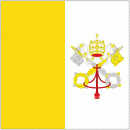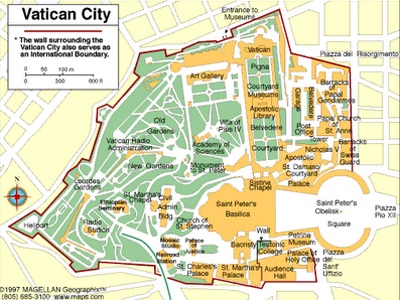Origins Of The Vatican

Why did the Vatican become the Vatican? What was this place originally? What used to be there?
Vatican, in ancient times, was the name of a hill in Rome, which was situated on the right bank of the River Tevere.
It was an unsound and damp place with stretches of wild, uncultivated fields. Agrippina the Elder had created gardens there and Emperor Nero had built a small private circus.
It is the place where the first Christian martyrs were executed and among them was Peter, the apostle to whom Jesus had entrusted the guidance of the Church, who was buried there.
The Vatican hill subsequently became a pagan and Christian cemetery. Between 326 and 333, the Emperor Constantine levelled the top of the hill to build the first basilica devoted to St Peter, to whom he had dedicated a special burial. The Vatican has been the See of the Pope for a little over half a century.
In the Middle Ages, the Popes actually lived in the Lateran Palace and in other Roman palaces in the centuries that followed, including the Quirinale which today is home to the President of the Republic of Italy and where, in 1846, the last conclave celebrated before the unification of Italy was held, which resulted in the election of Blessed Pius IX.
For many years, the existence of Peter's burial under the basilica remained unknown. It was Pius XII, during the Second World War, who ordered the excavations at his own expense.The outcome was promising and some decades later, the archaeologist Margherita Guarducci not only identified an inscription in Greek, Petros enì (Peter is here) but also found the bones of a man which had been wrapped in purple cloth and had had a royal burial.
Pope Paul VI announced this find to the world on 26 June 1968.
- 45952 reads
 Printer-friendly version
Printer-friendly version


